We baked our way through the first lockdown, cheering ourselves up with the extra time we had to create new dishes.
Social media feeds were filled with photographs of picture-perfect pastries, steaming hot bread and pies.
And with nowhere to drive the next day there was always an excuse for a weekday tipple at night.
“The first lockdown was almost permission to party, “Aberdeen psychologist Morag Ormiston explains.
“And people thought they could get as much alcohol down them as they could.”
Relationship with food: ‘Many people were lonely’
Then, as lockdowns continued, our enthusiasm for baking and all the gourmet cooking began to wane.
And with all the uncertainties our relationship with food changed.
“Many people were lonely,” Morag says. “Loneliness triggered food intake because of boredom and it gave them some comfort because they had some control over it.
“There was a bit of a divide with people who embraced the change.
“There were other people who were fearful of going to the supermarkets and wanted food they could eat with minimal contact with other people.
“Some people weren’t keen to buy products in the fruit and veg aisle because they were worried about others touching it.
“But that was the message we were getting, don’t touch things that other people touched.”
The psychologist has been working with north-east residents helping them adjust to life now that the world is opening up again.
Partnering with nutritional therapist Laura Leslie, they help others improve their relationship with food.
“We’re seeing a number of clients who don’t have a healthy relationship with food,” Morag says.
“We’ve had huge changes. People are working from home and don’t have a routine and others are working in high-stress environments such as the care sector.
“While we’ve survived Covid, we’ve been left with a huge void of what it was like before and what it is like now and trying to navigate that new life.”
What foods help boost your mood?
Morag helps clients work out why they comfort eat and find other ways to feel better rather than reaching out for unhealthy foods.
“We do a lot of work on mindful eating which slows everything down and increases the soothe system balancing out adrenalin and cortisol,” she explains.
Getting enough protein in your body is also important because it helps to regulate your mood.
Foods rich in protein help produce key neurotransmitters responsible for preventing depression and anxiety.
Depression, anxiety and other mood disorders are thought to be directly related to imbalances with neurotransmitters such as serotonin and dopamine.
“A low protein diet usually means that mood is going to be low,” Laura says. “Protein is really important.”
Morag and Laura have been holding workshops in Aberdeen to help people understand the links between mood, behaviours and food.
“A huge part of our work is about psychological education or why we need certain foods physiologically,” Morag says.
“When people understand this they’re less likely to get into that craving cycle creating long-lasting change.”
More health news…
Rising costs could spark obesity crisis in the UK
From the life of the party to a sudden stop: Aberdeen teenager’s devastating ME diagnosis
Cigarettes today, alcohol tomorrow: readers react to smoking ban suggestions
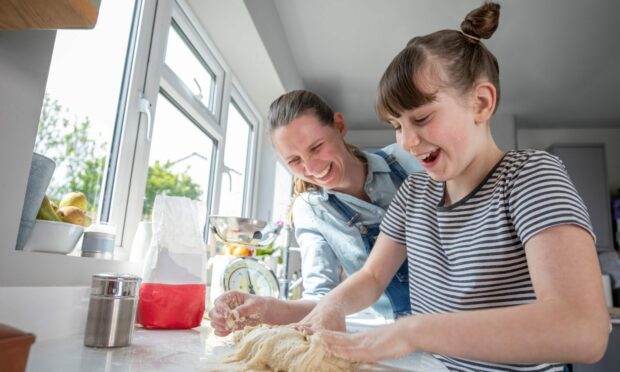

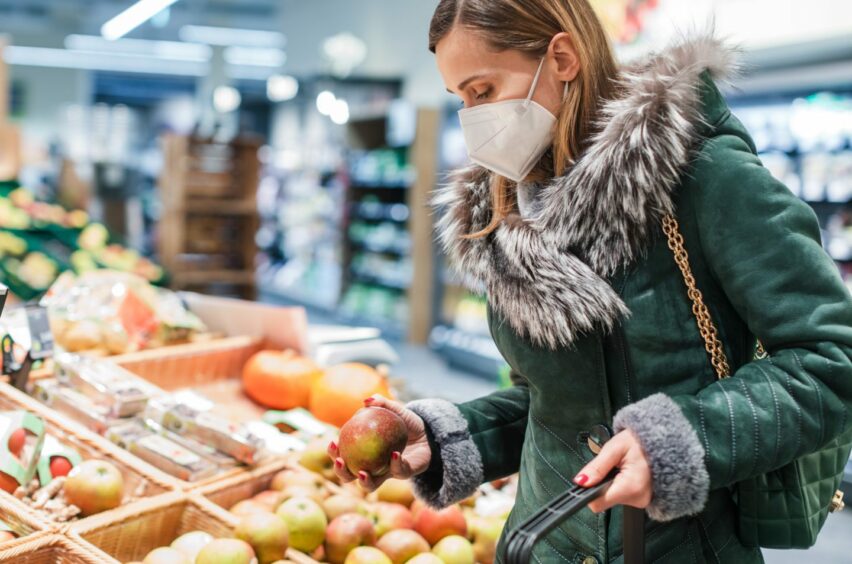
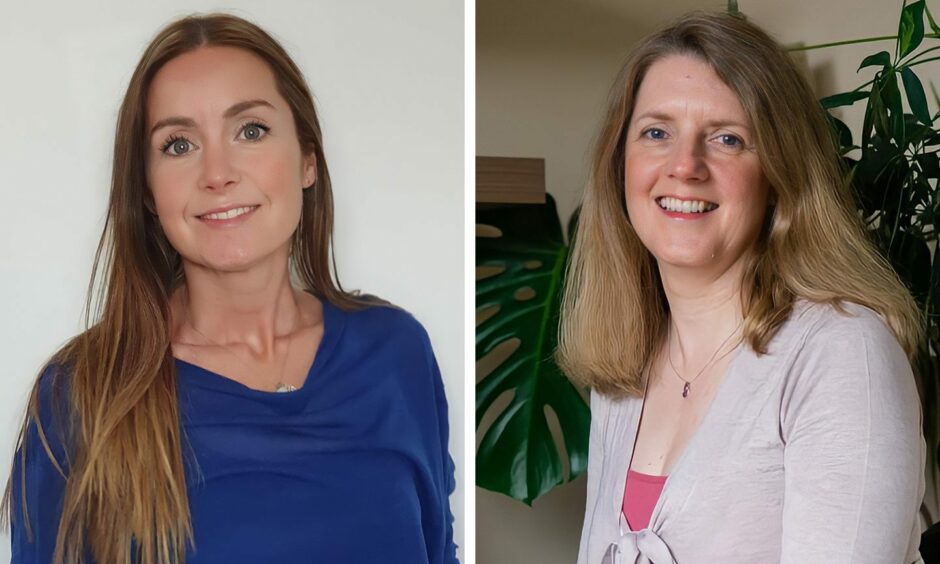



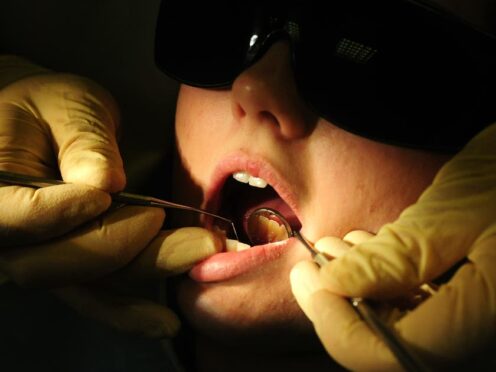

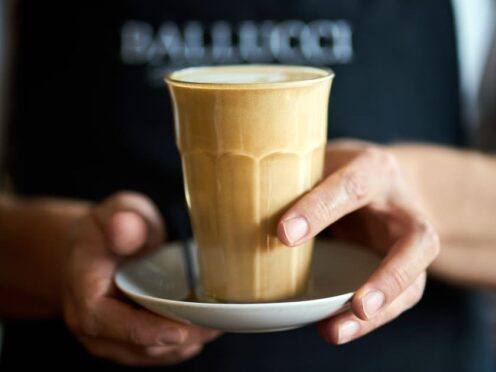
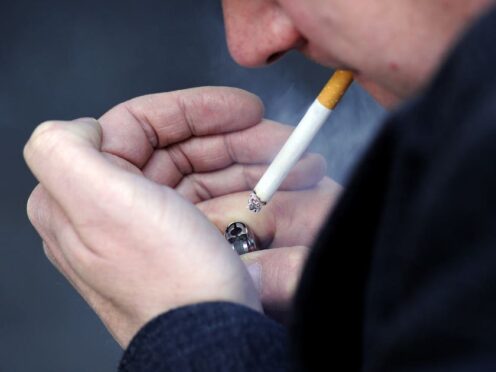
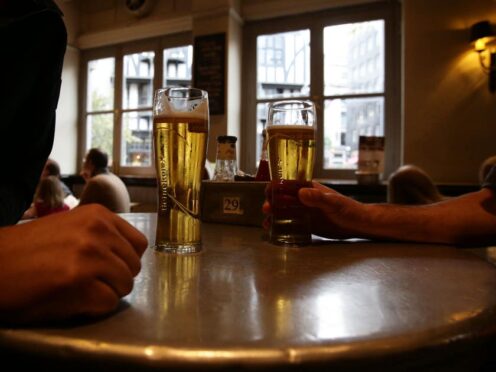
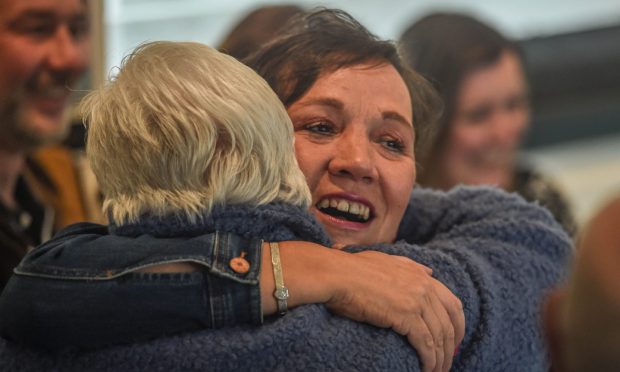

Conversation